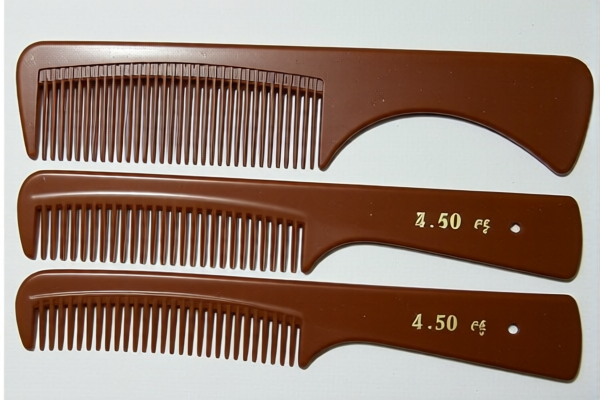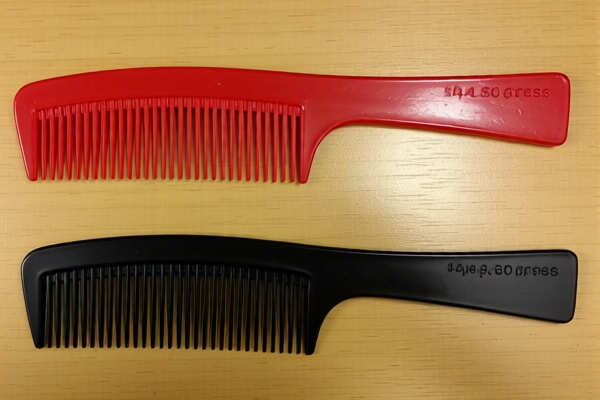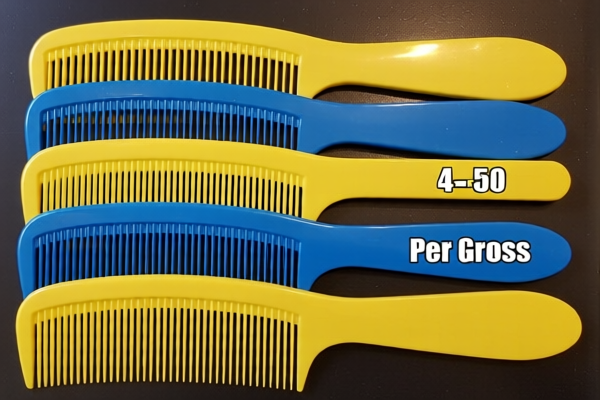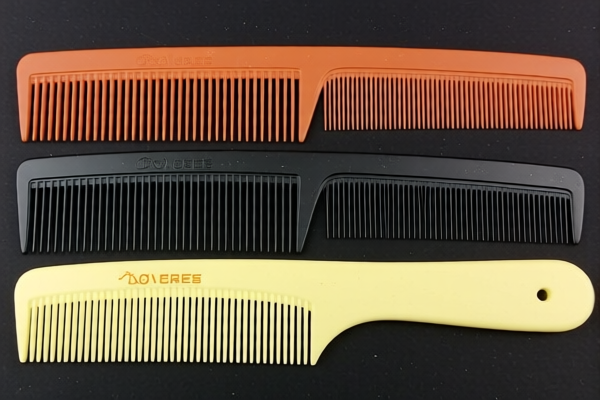| HS Code | Official Doc | Tariff Rate | Origin | Destination | Effective Date |
|---|---|---|---|---|---|
| 6505000100 | Doc | 39.4% | CN | US | 2025-05-12 |
| 3926209050 | Doc | 60.0% | CN | US | 2025-05-12 |
| 3926909905 | Doc | 42.8% | CN | US | 2025-05-12 |
| 3924104000 | Doc | 33.4% | CN | US | 2025-05-12 |
| 3924900500 | Doc | 40.6% | CN | US | 2025-05-12 |




Hairnets
Hairnets are a form of headgear used to secure hair. They are designed to contain loose hair to prevent contamination or maintain hygiene standards.
Material
Hairnets are commonly constructed from several materials, each offering varying levels of durability, breathability, and cost:
- Nylon: A widely used synthetic material, nylon hairnets are known for their elasticity and strength. They are relatively inexpensive and suitable for general use.
- Polypropylene: A lightweight and durable plastic, polypropylene offers good resistance to moisture and chemicals.
- Cotton: Natural cotton hairnets are breathable and comfortable, often used in food processing or healthcare settings where comfort is prioritized.
- Polyester: Provides good stretch and resistance to shrinking or stretching, suitable for frequent washing and reuse.
- Elastic: Often incorporated into the edges of hairnets to provide a secure fit around the forehead and temples.
Purpose
The primary purposes of hairnets include:
- Contamination Prevention: In food service, manufacturing, and healthcare, hairnets prevent hair from falling into products, ingredients, or sterile environments.
- Hygiene Maintenance: Hairnets help maintain cleanliness and prevent the spread of contaminants.
- Professional Appearance: In certain professions (e.g., food handlers, lab technicians), hairnets are part of a uniform requirement to present a professional image.
- Cosmetic/Styling: Historically and currently, hairnets are used to contain hairstyles, protect finished styles, or create specific looks (e.g., ballet dancers, figure skaters).
Function
Hairnets function by creating a barrier over the hair, effectively containing loose strands. They typically feature an elastic band that secures the net around the head. The mesh construction allows for ventilation while preventing hair from escaping.
Usage Scenarios
- Food Industry: Restaurants, bakeries, food processing plants, catering services.
- Healthcare: Hospitals, clinics, laboratories, surgical environments.
- Manufacturing: Electronics assembly, pharmaceutical production, cleanroom environments.
- Beauty & Cosmetology: Salons, barber shops, dance studios, fashion shows.
- Personal Use: Protecting hairstyles during sleep, containing hair during activities like painting or crafting.
Common Types
- Beanie Hairnets: A close-fitting style that covers the entire head, often used in food service.
- Braided Hairnets: Designed to hold braids or specific hairstyles in place.
- Fishnet Hairnets: A looser mesh style, often used for cosmetic purposes or as a fashion accessory.
- Disposable Hairnets: Single-use hairnets made from lightweight materials like polypropylene, commonly used in food and healthcare.
- Reusable Hairnets: Constructed from more durable materials like nylon or polyester, designed for repeated washing and use.
- Snood Hairnets: A close-fitting hairnet that covers the head and neck, often used in healthcare or beauty applications.
Hairnets are headgear made of various materials, typically used to contain hair.
Here are the relevant HS codes based on the provided information:
-
6505000100: This HS code covers hats and other headgear, knitted or crocheted, or made up from lace, felt or other textile fabric, in the piece (but not in strips), whether or not lined or trimmed; hair-nets of any material, whether or not lined or trimmed. Specifically, it includes hair-nets.
- 65: Chapter 65 refers to headgear and hats.
- 05: Heading 05 specifies hats and other headgear knitted or crocheted, or made up from lace, felt or other textile fabric.
- 000100: This subheading further defines hair-nets within the broader category.
-
3926209050: This HS code covers other articles of plastics and articles of other materials of headings 3901 to 3914, specifically articles of apparel and clothing accessories (including gloves, mittens and mitts). "Other" within this code could potentially include hairnets made of plastic.
- 39: Chapter 39 covers plastics and articles thereof.
- 26: Heading 26 covers other articles of plastics.
- 209050: This subheading specifies articles of apparel and clothing accessories, including gloves, mittens and mitts, categorized as "Other".
Regarding HS code 6505000100, the description explicitly includes hair-nets of any material. Therefore, if the hairnet is made of textile fabric, this is the most appropriate HS code.
Customer Reviews
No reviews yet.